Data mining software solutions are indispensable tools for uncovering valuable insights and patterns within your organization’s data, facilitating discoveries that lead to better decision-making and more effective strategic initiatives. We evaluated the most popular enterprise solutions to see how they compared on features, support, integrations, and price—here are our top picks for the best data mining software of 2023:
In comparing and contrasting these top data mining software contenders, we evaluated each offering from the perspective of a data professional looking to implement a cost-effective, enterprise-focused solution. The following chart shows how they compared at a glance.
| Core Features | Enterprise Features | Support | Integrations | Pricing | |
|---|---|---|---|---|---|
| SAS Enterprise Miner | ☆☆☆☆☆ | ☆☆☆☆ | ☆☆☆☆☆ | ☆☆☆☆ |
~$100,000 per year No free trial |
| Oracle Data Miner | ☆☆☆☆☆ | ☆☆☆ | ☆☆☆☆ | ☆☆☆½ | Free |
| IBM SPSS Modeler | ☆☆☆☆☆ | ☆☆☆☆☆ | ☆☆☆☆½ | ☆☆☆☆☆ | $499 per month (~$6,000 per year) |
| TIBCO Data Science | ☆☆☆☆☆ | ☆☆☆☆ | ☆☆☆½ | ☆☆☆½ | -$2,000 per year |
| Apache Mahout | ☆☆☆☆☆ | ☆☆☆☆☆ | ☆☆ | ☆☆☆☆☆ | Free (open source) |
| DataMelt | ☆☆☆☆ | ☆☆½ | ☆☆½ | ☆☆☆☆ | Free |
| MonkeyLearn | ☆☆☆½ | ☆☆½ | ☆☆½ | ☆☆☆ | $299 per month (~$3,600 per year) |
| Integrate.io | ☆☆☆½ | ☆☆½ | ☆☆½ | ☆☆☆½ | $15,000 per year |
| Snowplow Analytics | ☆☆☆☆ | ☆☆☆ | ☆☆☆ | ☆☆ | $800 per month ($9,600 per year) |
| Dundas BI | ☆☆☆☆ | ☆☆☆½ | ☆☆☆½ | ☆☆☆☆ | $6 per user, per month ($72 per year) |
![]()
Best for Data Analytics
SAS Enterprise Miner is a data mining and analytics platform that allows organizations to make better-informed strategic decisions based on predictive data models. The solution enables data professionals to find patterns in data, model complex relationships, and identify exceptions.
As the flagship data mining offering from SAS, Enterprise Miner taps into the analytics software giant’s familiar interface to simplify the data mining process. With its unified user interface (UI), data professionals can access a wide set of analytics functions, data science toolkit, and statistical modeling tools that enable the creation of predictive and descriptive models on expansive data sources.

![]()
Best for Oracle Databases
Oracle Data Miner is an extension to Oracle SQL Developer for performing data mining on Oracle databases, viewing data, quickly developing multiple machine language (ML) models, comparing and evaluating performance across multiple models, and more.
The solution features a drag-and-drop workflow editor and extensive graphical analytical workflows that enable data professionals to easily explore data and develop ML methodologies.
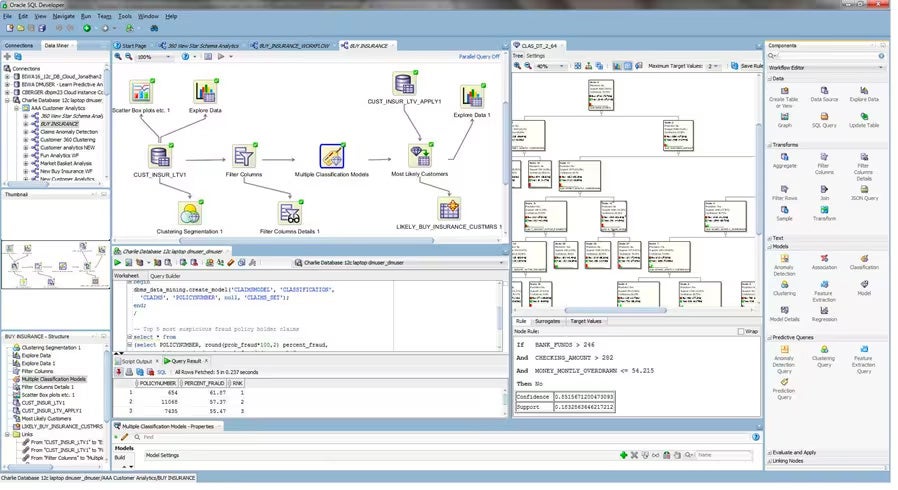
![]()
Best for Statistical Analysis
IBM SPSS Modeler offers data mining tools that enable you to quickly develop predictive models per domain expertise and rapidly deploy them into production environments. Designed around the industry-standard CRISP-DM model, IBM SPSS Modeler was designed to support the entire data mining process from planning to data collection to analysis, reporting, and production deployment.

![]()
Best for Core Features
TIBCO Data Science is a unified data mining platform that brings together capabilities from the vendor’s leading solutions (Statistica, Spotfire Data Science, and Enterprise Runtime for R), allowing organizations to expand and manage data science deployments with flexible authoring and deployment capabilities.
The collaborative UI enables all data stakeholders in the organization to work together on data science projects and build ML workflows with a minimal amount of code.
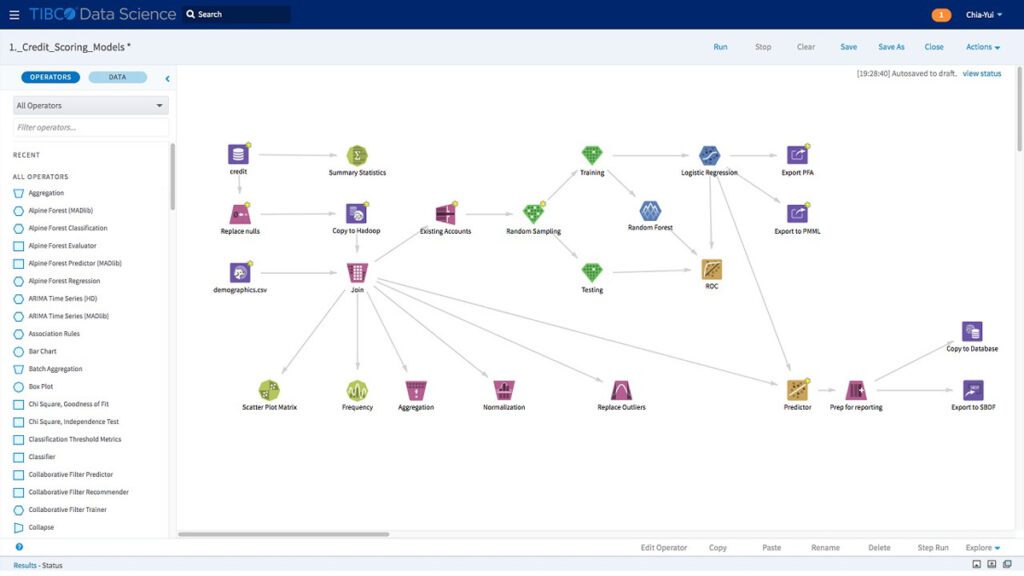
![]()
Best for Distributed Data Mining
The open-source Mahout Framework allows mathematicians, statisticians, and data scientists to quickly implement their own algorithms. Built on Apache Spark as the distributed backend out-of-the-box, Mahout can be extended to work with other distributed backends.
Mahout is especially favored by data professionals and scientists accustomed to using the Scala language, since the platform’s distributed linear algebra framework and mathematically expressive DSL is designed in Scala.
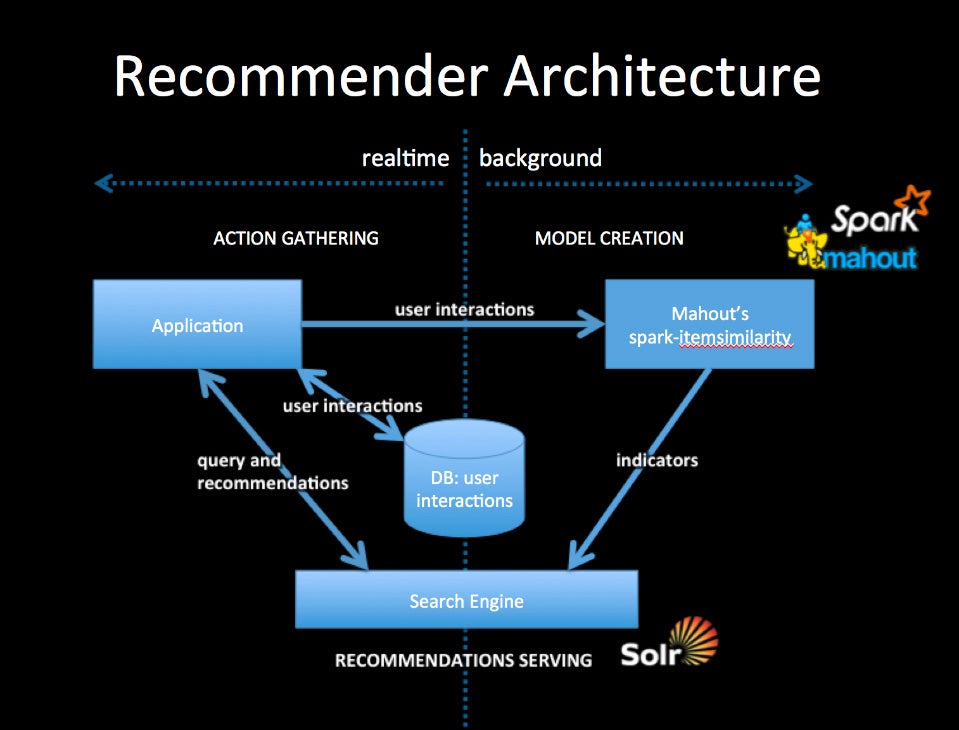
![]()
In data science, Python and Java are the two heavyweights in terms of mainstream programming language adoption. One of the most well-known open source data mining tools written in Java, DataMelt (referred to as DMelt in the data mining community) offers a powerful visualization library and computational platform for supporting a wide range of data mining use cases.
As an all-in-one data mining and analytics tool, DataMelt integrates robust mathematical and scientific libraries for statistical analysis and data visualization with a particularly strong suit in handling massive data volumes, such as in financial market applications.
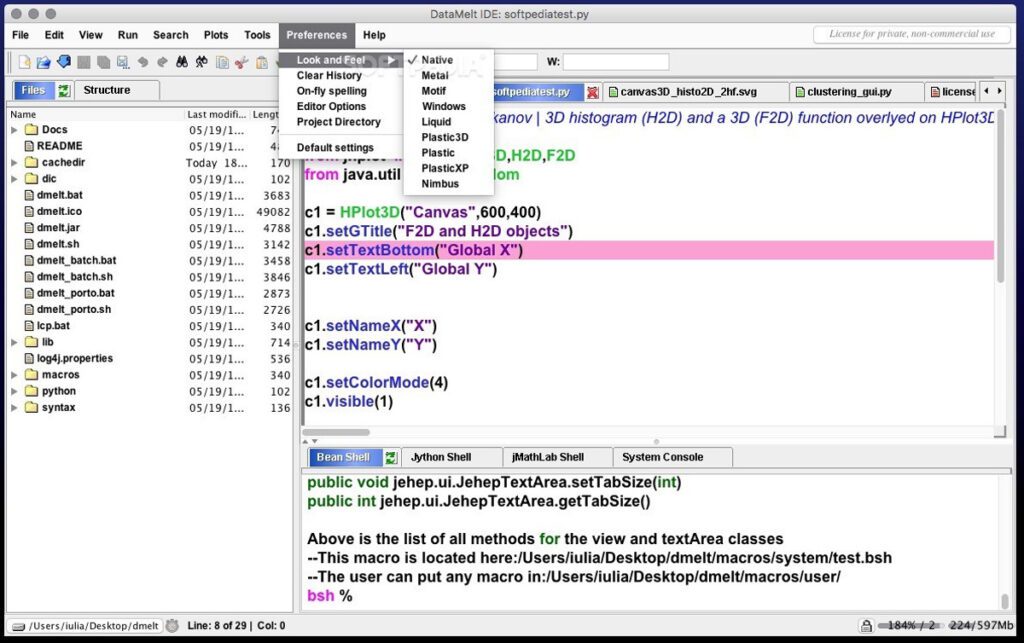
![]()
MonkeyLearn is a data mining platform that focuses on text-based data analysis, providing instant data visualizations and detailed insights for use cases like labeling or visualizing customer feedback.
The MonkeyLearn platform comes with pre-built and custom ML models that allow for AI-powered data mining, all without writing code.

![]()
Formerly known as Xplenty, Integrate.io offers a unified stack that enables the creation of no-code data pipelines across the entire data’s journey. The platform offers a complete set of extract, transform, and load (ETL) tools and connectors for easily building and managing clean, secure data pipelines for driving organizational decision-making and strategy.

![]()
Though Snowplow bills itself as a Behavioral Data Platform (BDP), the solution is a data mining and analytics platform for creating and operationalizing rich, first-party customer behavioral data directly from an organization’s data warehouse or data lake in real-time.
As a BDP, the solution is focused on helping organizations across all industries glean insights in their customer behavioral data.
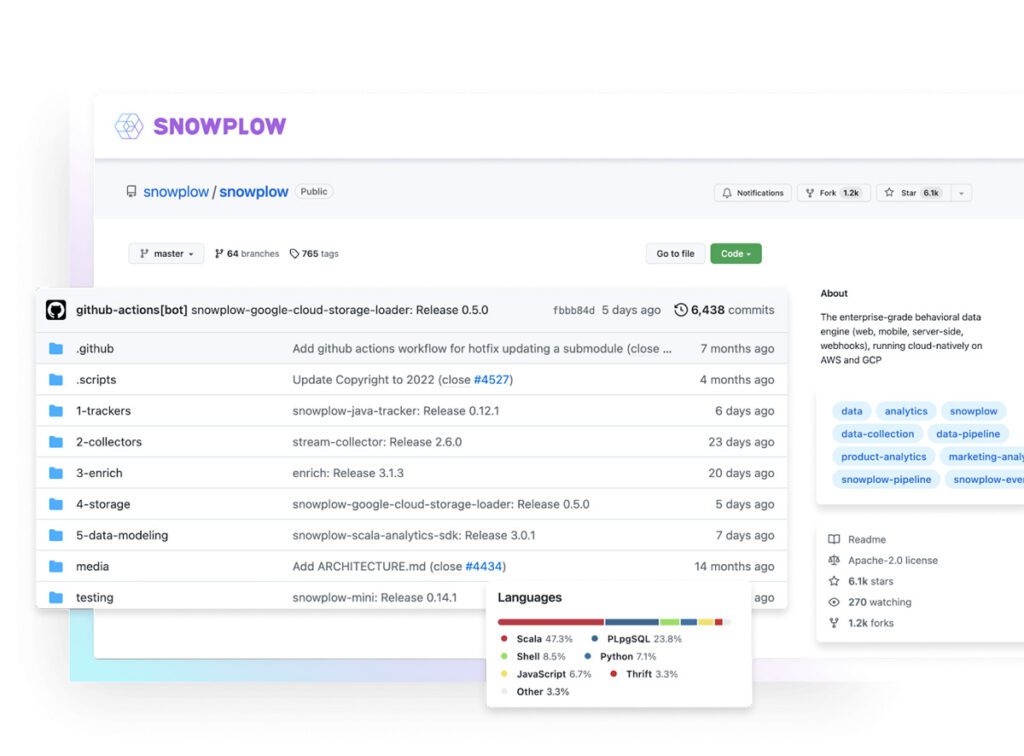
![]()
The Dundas BI platform offers data exploration, visual analytics, and dashboards and report sharing and creation in a streamlined business intelligence and data platform. The solution can be deployed as a standalone portal or integrated as part of an embedded BI solution.
The integrated platform offers myriad features for data mining and analysis, as well as interactive data visualizations, open APIs, and more.
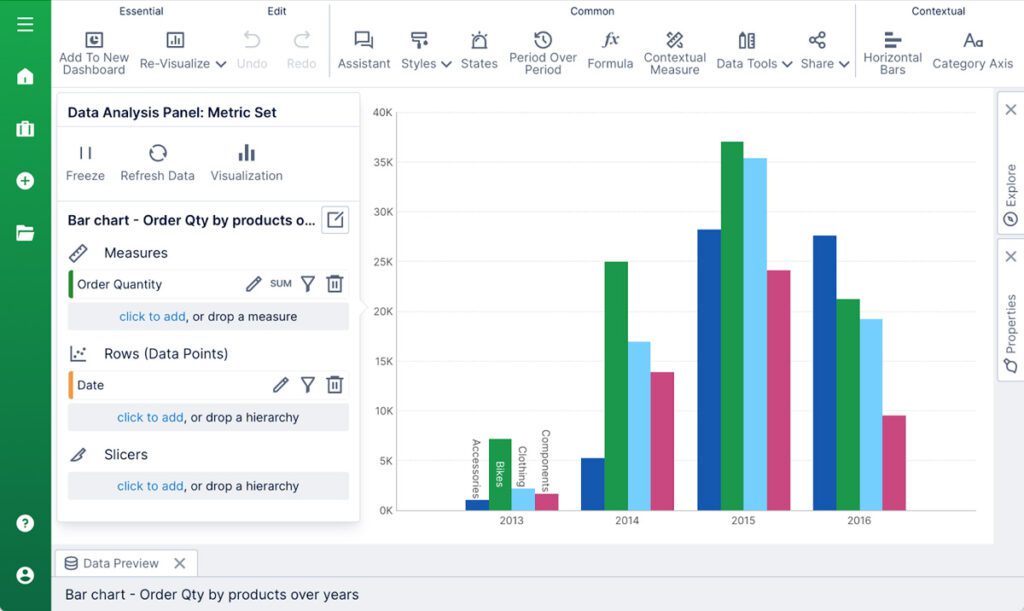
The following key features will help you guide your data mining tool selection process, keeping in line with your organization’s organization’s data mining objectives, scalability, and usability requirements.
When evaluating data mining software, analyze its compatibility with various data sources. Data can come from a wide range of places, including databases, spreadsheets, cloud storage, web APIs, and more. Effective data mining software should support seamless integration with these data sources, allowing users to easily import and access the data they need for analysis. Look for software that offers a wide range of connectors or APIs to ensure access to data no matter where it’s stored.
Data preprocessing is a crucial step in the data mining process that involves cleaning, transforming, and structuring data to make it suitable for analysis. The software you choose should provide tools for data cleansing, handling missing values, normalization, and feature selection. Additionally, it should offer the ability to explore and visualize your data to better understand its characteristics.
A competent data mining software should offer a diverse selection of data mining algorithms, including classification, regression, clustering, association rule mining, and more. Be sure to look for software that provides both a wide range of algorithms, as well as documentation for those algorithms.
Data mining is a complex process that involves multiple steps, from data preparation to model deployment. Software that offers automation and workflow capabilities can streamline these processes and make them more efficient. Look for software that allows you to create and customize workflows, automate repetitive tasks, and schedule regular data mining processes. This can save time and reduce the risk of human error.
Data mining results are often more interpretable and actionable when presented visually. A data mining solution should therefore offer data visualization tools for creating charts, graphs, and interactive dashboards to convey insights effectively. Effective visualization tools can help you communicate your findings to non-technical stakeholders and make data-driven decisions more accessible.
The key features mentioned in this article should guide your selection process and help you choose a solution that aligns with your organization’s data mining objectives, scalability, and usability; keep the evaluation criteria listed in the next section in mind when analyzing options per your organization’s unique requirements and environments.
We evaluated the software against the criteria below, using a rubric to score them on a 0-5 scale. We then aggregated the scores to rank the systems to determine the top data mining solutions.
AI/ML Visualizations, Data Workflow, Management, Advanced Model Creation, Statistical Toolkit
Multi-Language/Region Availability, Cloud and On-Premise/Desktop Option, Data Privacy/Compliance Controls, Data Estate Management Tools, Regular Feature Enhancements
Free Trial/Tier, Overall Cost, Pricing Tiers, Add-on/Option Pricing, Upgrades/Discounts
Live Chat, Phone, Email, Documentation/Knowledge Base, Premium Support
API, Ecosystem, Developer Resources, Plugins/Library, Usability
Breadth of Vendor Suite, Vendor Business Type, Customer Base, Length of Time in Business, Reputation
Data mining software are specialized tools that allow data professionals to analyze large datasets for discovering hidden patterns, trends, and valuable insights.
Data mining software employs various algorithms and techniques to extract knowledge from data, making it useful for tasks such as predictive modeling, classification, clustering, and association rule mining.
Data mining software can analyze a wide range of data types, including structured data (e.g., databases, spreadsheets) semi-structured data (e.g., XML files), and unstructured data (e.g., text documents, images, and videos).
Some advanced data mining software can handle real-time and streaming data as well, for use cases like live stock trading and security/surveillance.
The level of technical expertise required to use data mining software varies—as you can see from the tools in this list, some software requires programming skills to create custom algorithms or scripts, while others provide UIs and no-code interfaces for non-technical users.
Data mining software enables organizations to discover valuable insights, patterns, and relationships within their data. But not all solutions are created equal—to ensure you select the right software for your needs, keep these considerations and key features top-of-mind when evaluating tools for your data mining projects.
Read Data Management: Types and Challenges to better understand what pain points enterprise organizations commonly encounter when working with large stores of data.

Datamation is the leading industry resource for B2B data professionals and technology buyers. Datamation's focus is on providing insight into the latest trends and innovation in AI, data security, big data, and more, along with in-depth product recommendations and comparisons. More than 1.7M users gain insight and guidance from Datamation every year.
Advertise with TechnologyAdvice on Datamation and our other data and technology-focused platforms.
Advertise with Us
Property of TechnologyAdvice.
© 2025 TechnologyAdvice. All Rights Reserved
Advertiser Disclosure: Some of the products that appear on this
site are from companies from which TechnologyAdvice receives
compensation. This compensation may impact how and where products
appear on this site including, for example, the order in which
they appear. TechnologyAdvice does not include all companies
or all types of products available in the marketplace.